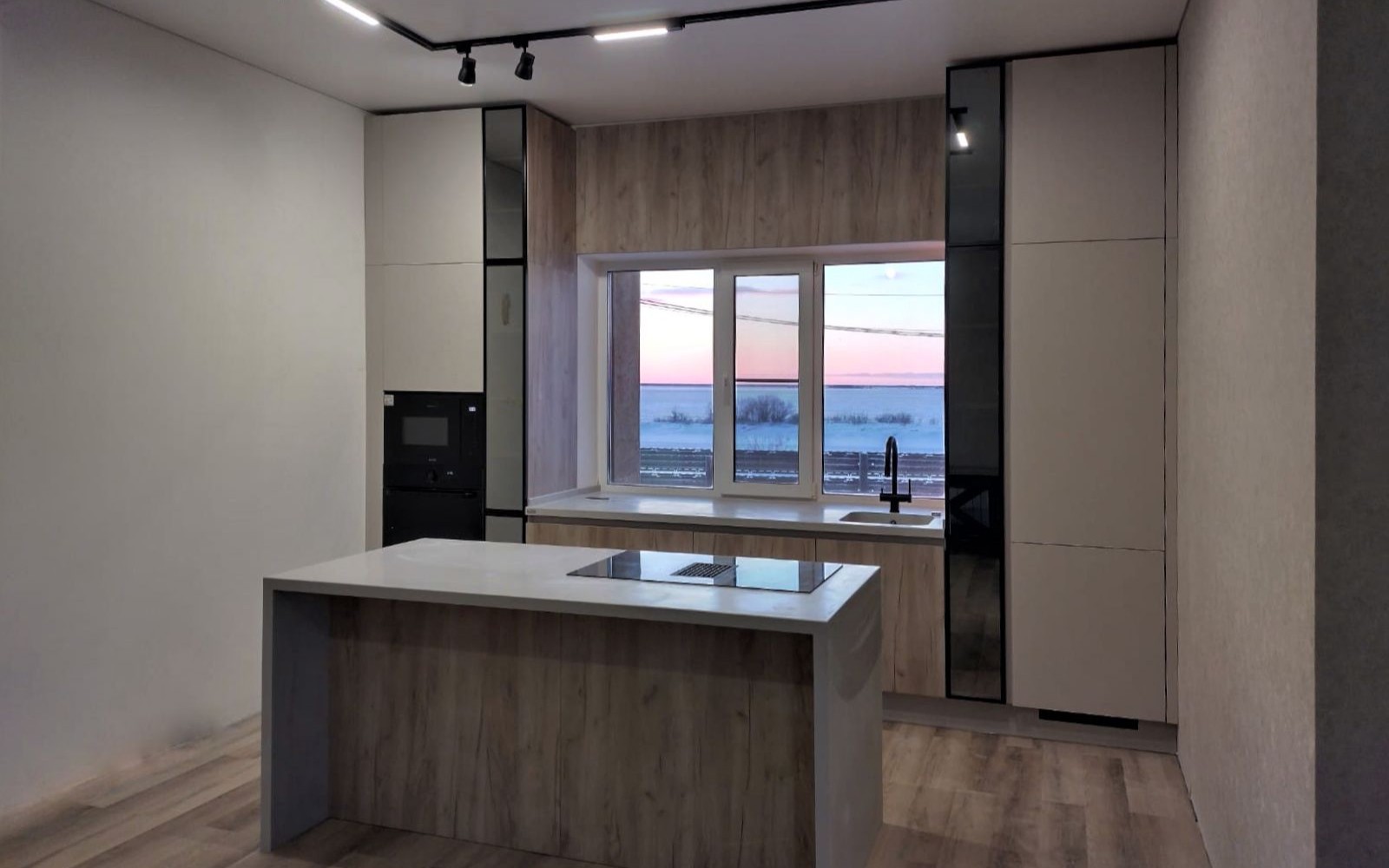
Creating Kitchen Harmony
Designing a kitchen that is both functional and visually appealing can be a challenge, but achieving harmony in your kitchen design can turn daily cooking into a delightful experience. Harmony in kitchen design is about more than just matching colors and styles—it's about creating a cohesive space that feels balanced and inviting.
Color Coordination
The first step towards a harmonious kitchen is color coordination. Choose a color palette that complements your home's overall design and stick to it throughout the kitchen. This doesn't mean everything has to be one color; instead, select a primary color and one or two accent colors for a balanced look. Neutral tones offer a timeless base, while bold colors can add vibrancy and energy to the space.
Functional Flow
A harmonious kitchen is also one that promotes an efficient workflow. The classic kitchen triangle—sink, refrigerator, stove—should allow for easy movement and accessibility. Ensure that there's enough space between these areas to avoid congestion, especially if multiple people tend to cook at the same time. Arrange appliances and counter space in a way that supports the natural flow of cooking tasks.
Balance and Proportion
Proportion plays a pivotal role in creating a visually harmonious kitchen. Cabinetry, appliances, and fixtures should be scaled to the size of the kitchen to maintain balance. Oversized islands or hoods can overwhelm a small space, while tiny furnishings can look lost in a spacious layout. Strive for a balanced distribution of elements across the kitchen to achieve a sense of proportion.
Material Mix
The materials you select for countertops, cabinets, flooring, and backsplashes can either enhance the harmony or create discord. When combining different materials, look for those that complement each other without competing for attention. For instance, a smooth granite countertop can pair beautifully with a subtle tile backsplash and wooden cabinets. Consistency in finish and texture can tie the look together seamlessly.
Lighting Layers
Proper lighting is essential for a harmonious kitchen design. Use a mix of ambient, task, and accent lighting to create depth and warmth. Ceiling lights provide overall illumination, while pendant lights above the island and under-cabinet lighting offer focused task lighting. Accent lights inside glass cabinets or above open shelving can highlight the kitchen's design elements and create a welcoming atmosphere.
Decisive Details
Ultimately, the success of harmonizing your kitchen space comes down to the details. Choose hardware, knobs, and fixtures that reflect the kitchen's theme and color scheme. Even small accessories, such as dish towels, chairs, and plant pots, should align with the overall design to contribute to the harmony. Thoughtful attention to these details ensures a cohesive and inviting kitchen that resonates with welcoming energy.
In conclusion, harmony in kitchen design is achieved through a thoughtful balance of colors, materials, and layout that reflects both functionality and style. By considering these key components in your design plan, you can create a kitchen that is not only beautiful but also a pleasure to cook in and spend time in with friends and family.